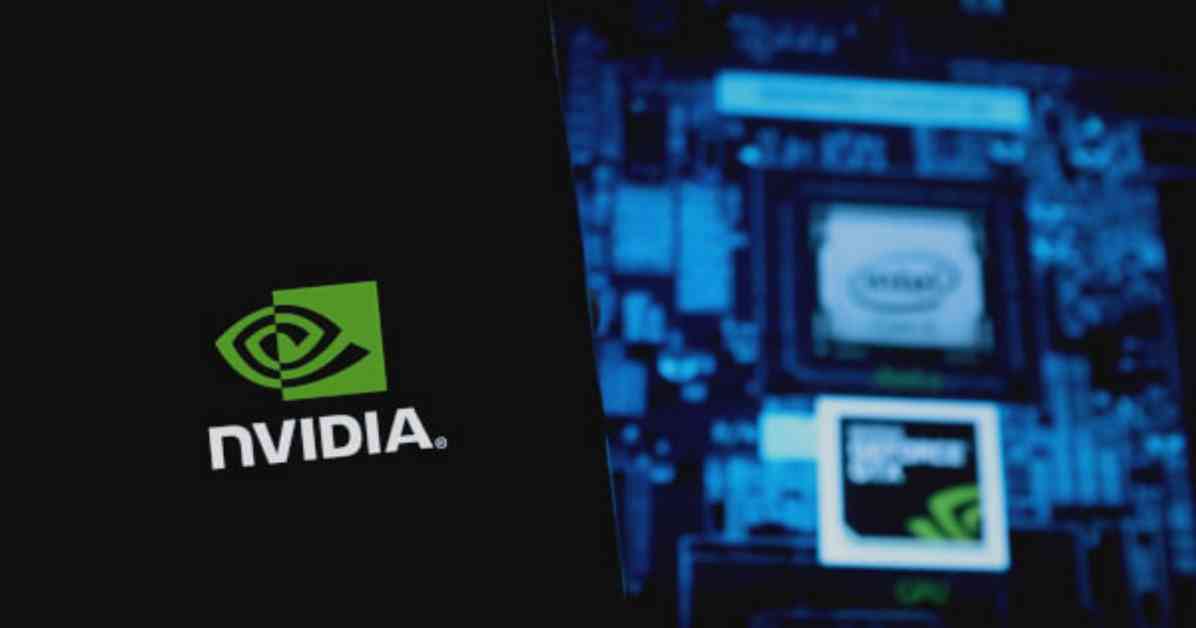Flood Forecasting Revolutionized: How NVIDIA Modulus AI Collaboration is Changing the Game
In a world where floods pose a significant threat to 1.5 billion people annually, with economic damages reaching up to $25 billion, the need for efficient flood forecasting has never been more pressing. Recognizing this urgency, innovative minds at BRLi and the National Polytechnic Institute of Toulouse (Toulouse INP) have joined forces to develop an AI-based solution that leverages NVIDIA Modulus. This collaboration is set to transform real-time flood forecasting and risk mitigation, offering a new approach that promises to revolutionize the field.
Challenges of Traditional Flood Forecasting
Traditional flood forecasting methods rely on physics-based numerical simulations, which are not only computationally intensive but also time-consuming. These methods often take hours to simulate a flooding event, severely limiting their applicability in real-time scenarios. As a result, the development of responsive flood warning systems that can provide timely insights during ongoing events has been hindered.
AI-Powered Solutions
To address these challenges, BRLi and Toulouse INP, in partnership with the ANITI research institute, have developed an AI system that replaces traditional physics-based solvers. By harnessing the power of NVIDIA Modulus from the Earth-2 platform, the team has trained an AI model to mimic the solver, enabling rapid assessment of flood scenarios with unprecedented speed.
The AI model, trained on detailed physics models provided by BRLi, can simulate several hours of flooding in mere seconds on a single GPU. This breakthrough not only accelerates the process but also significantly enhances the potential for real-time forecasting and decision-making in flood-prone areas.
Implementation and Testing
Focused on the Têt River basin in southern France, the AI-based system utilizes detailed meshes that incorporate crucial topographic and engineering features. By employing NVIDIA Modulus to train models on custom data, the system optimizes for the complex spatial and temporal dynamics essential for accurate flood predictions.
Training was carried out on NVIDIA A100 Tensor Core GPUs, resulting in a near-linear speedup that enables predictions in 30-minute increments up to several hours in advance. The model’s accuracy was rigorously validated using metrics such as mean squared error (MSE) and the critical success index (CSI), ensuring the reliability of its predictions.
Impact and Future Prospects
The surrogate GNN model that emerged from this collaboration can now predict a 6-hour window in just 19 milliseconds on a single NVIDIA A100 GPU, a remarkable improvement compared to the 12-hour CPU time required by traditional methods. This efficiency opens up new possibilities for real-time flood modeling without compromising on the complexity of the simulations.
Not only does this achievement highlight the capabilities of NVIDIA Modulus in setting up and training AI architectures, but it also sets a precedent for similar applications across diverse industries. The success of this project lays the groundwork for integrating AI models into operational disaster relief services, enhancing their responsiveness to natural disasters.
As BRLi and Toulouse INP continue to refine their models, the integration of AI into engineering toolchains becomes increasingly viable. This development marks a significant stride forward in flood risk management, offering a scalable and efficient solution to a persistent global challenge. The future looks promising as AI continues to reshape the landscape of flood forecasting and disaster response.
For more insights into this groundbreaking collaboration, visit the NVIDIA blog. Image source: Shutterstock.














